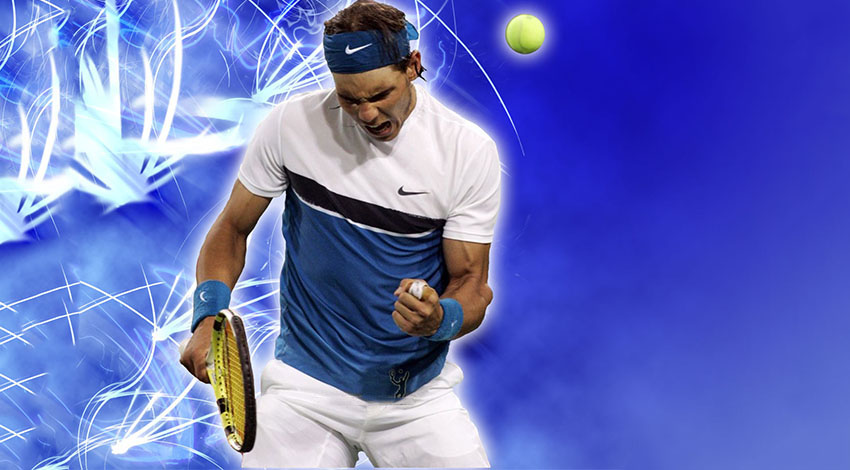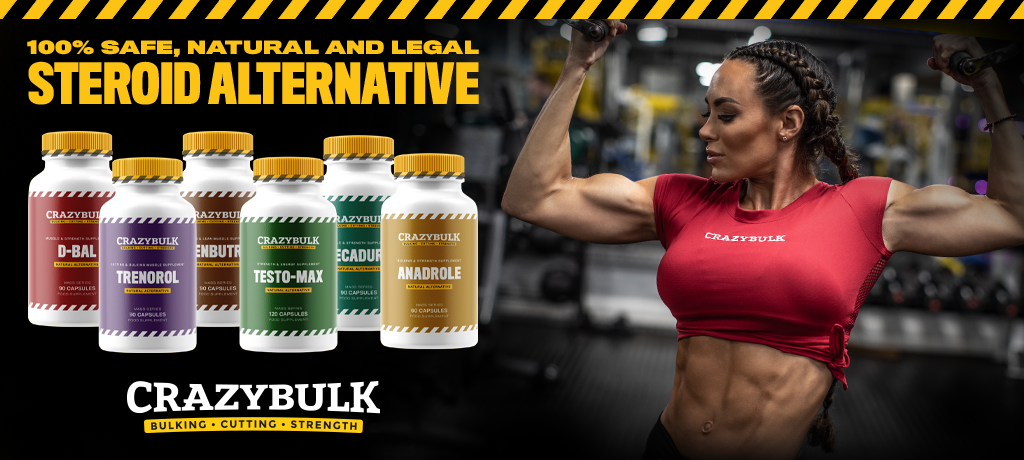Regrettably, the specter of steroid use looms large over the sport of tennis. We’ve previously covered instances where tennis players have faced legal consequences for using performance-enhancing drugs, casting a shadow over the integrity of the sport. Some athletes, motivated by an intense desire to win, seem willing to flout the regulations set by international and national anti-doping agencies. This willingness to win at any cost sullies the public perception of sportsmanship and fair play.
Rumors and Speculation: Is Rafael Nadal Among the Offenders?
Rafael “Rafa” Nadal stands as a titan in the world of tennis, celebrated for his electrifying matches and unique playing style. Yet, this adoration is tinged with skepticism as rumors circulate that the sports icon might have used banned substances to enhance his performance.
So, the question that looms large is: Is Rafael Nadal a steroid user? Does he fall into the category of athletes who have cheated their way to the top?
Rafael Nadal’s Life and Career: Highlights
Rafael Nadal is an illustrious tennis player who has earned the top spot in the Association of Tennis Professionals (ATP) rankings multiple times, punctuated by victories in Grand Slam tournaments. In tennis circles, he’s often referred to as “The King of Clay,” a testament to his unmatched skill on clay courts. However, his prowess isn’t confined to this one surface; he has proven his mettle on all types of courts.
Growing up in a modest family background, it was Rafael’s uncle Toni who instilled in him a passion for tennis. Toni, a tennis coach, regularly took young Rafael to practice sessions. While tennis was a major part of his life, Rafael also enjoyed soccer and was a frequent spectator at Spanish stadiums.
Rafael has been in a long-term relationship with Maria Francisca Perello, known as Xisca Perelló, since 2005. Beyond tennis, he is an avid golfer and a fan of Real Madrid. Although he was once known for his signature sleeveless shirts, he has since switched to conventional T-shirts. Throughout different seasons, he has also experimented with various types of athletic shoes, always making sure that the right shoe bears his nickname, “Rafa.”
Proud of his roots, Rafael hails from Manacor. When he was just 14, the Real Federación Española de Tenis (RFET) offered him the opportunity to train in Barcelona. However, after conferring with his uncle, he chose to stay in his hometown, furthering his commitment to his community and family.
Professional Milestones
Even as a 15-year-old, Rafael Nadal made waves in the professional tennis scene, and just a year later, he participated in the Junior Wimbledon Championship. His trophy cabinet is an extensive one, boasting victories in the Davis Cup, the Australian Open, Wimbledon, the U.S. Open, and numerous other prestigious titles.
Nadal has triumphed over some of the greatest names in tennis history, including:
- Roger Federer (13 victories)
- Novak Djokovic (6 wins)
- Albert Costa
- Carlos Moyá Llompart
- Julien Henry Guy Benneteau-Desgrois
- Mikhail Youzhny
- Bobby Reynolds
- Juan Martín del Potro
- Andrew Stephen Roddick
- Mischa Zverev (as recently as 2019)
…and the list goes on, encompassing hundreds more.
Allegations of Performance-Enhancing Drug Use
Given his stellar achievements, it’s not surprising that Nadal’s success has generated envy and suspicion. The athlete has faced accusations of steroid use not only from his competitors but also from various media platforms and even government officials. Compounding the issue, certain videos and photos have emerged where he appears unusually “juiced” or muscular.
In 2013, Nadal was absent from the professional tennis scene for about seven months due to injuries. His subsequent comeback was nothing short of spectacular, securing 10 wins in just 13 matches. This sensational performance fueled further speculation that he might be involved in the use of banned substances.
Public Statements on Nadal’s Alleged Drug Use
The rumor mill has been active, and various individuals have publicly commented on the issue:
- In early 2013, Belgian tennis player Christophe Rochus suggested that Nadal’s hiatus was less about injuries and more about an “unofficial suspension” for illegal drug use. In response, Toni Nadal, Rafael’s uncle, derided Rochus as rude and unintelligent.
- Tennis pro Daniel Köllerer opined that such an extraordinary level of performance could only be the result of using performance-enhancing drugs. He warned that the revelation could have severe repercussions for the sport.
- Robin Haase called for more comprehensive testing, asserting that the sport of tennis needed a more stringent approach to ensure fair play.
- Sports commentator Michael Emmett drew parallels between the rumors surrounding Nadal and the doping scandal that embroiled cyclist Lance Armstrong. Emmett claimed he had seen Nadal receiving performance-boosting injections before a tournament in Monte Carlo.
- In spring 2016, Roselyne Bachelot-Narquin, the former French Minister of Health and Sports, speculated that Nadal’s break from professional tennis was essentially a concealed suspension for violating anti-doping regulations.
As with any high-profile athlete facing such allegations, it’s crucial to differentiate between substantiated facts and mere speculation. The controversy surrounding Rafael Nadal serves as a complex, cautionary tale about the ongoing challenges in ensuring that professional sports remain free from the taint of performance-enhancing drugs.
Fresh Insights into Nadal’s Association with Steroids
In a revealing development in 2016, Rafael Nadal’s name was included in a list of athletes who had obtained approval from the World Anti-Doping Agency (WADA) to use certain banned substances for medicinal reasons. This list was disclosed by the Russian cyber-espionage organization, Fancy Bear, known by various other aliases including APT28, Pawn Storm, Sofacy Group, and STRONTIUM.
The list spotlighted 26 athletes hailing from 10 different countries, and interestingly, Rafael Nadal was the sole representative from Spain. According to documents hosted on Fancy Bear’s website, Nadal had taken steroids via intramuscular injections in the years 2009 and 2012. Specifically, he was permitted to use betamethasone in 2009, and corticotropin in 2012.
Dr. Stuart Miller, a prominent figure in the International Tennis Federation, authorized Nadal’s use of a single dose of betamethasone on September 23, 2009. Similarly, on June 30, 2012, Nadal was green-lighted for multiple doses of a corticosteroid known by various trade names, including Nuvacthen Depot, Synachten, Cortrosyn, Nuvacthen, Synacthène, and Cortrosyn Z.
The list also spotlighted other acclaimed athletes, such as Sir Mohamed Muktar Jama Farah, a four-time Olympic runner from the UK, and László Cseh, a Hungarian swimmer and six-time Olympic medalist.
Speculations on Nadal’s Steroid Usage
While we can’t assert definitively the kinds of steroids Nadal might have used for boosting his athletic prowess, some educated conjectures can be made (note that these are speculative opinions and not verified facts):
- Oral Steroids: It’s conceivable that Nadal may have utilized oral steroids, which generally possess a shorter half-life compared to injectable versions. This would make them harder to detect in tests.
- HGH Drugs: Given the noticeable physical differences in photographs of a younger, more muscular Nadal, there’s speculation that he might have used Human Growth Hormones (HGH) for accelerated post-injury recovery.
- Stem Cell Treatment: Nadal has been known to undergo stem cell treatments, similar to what baseball player Bartolo Colon did. This could potentially provide him with the basis for a therapeutic exemption, allowing the use of certain otherwise banned medications.
As with all athletes embroiled in doping controversies, it’s important to tread carefully between what is confirmed and what remains conjecture. These revelations certainly add another layer of complexity to Rafael Nadal’s otherwise illustrious career, renewing discussions about ethics and fairness in professional sports.

